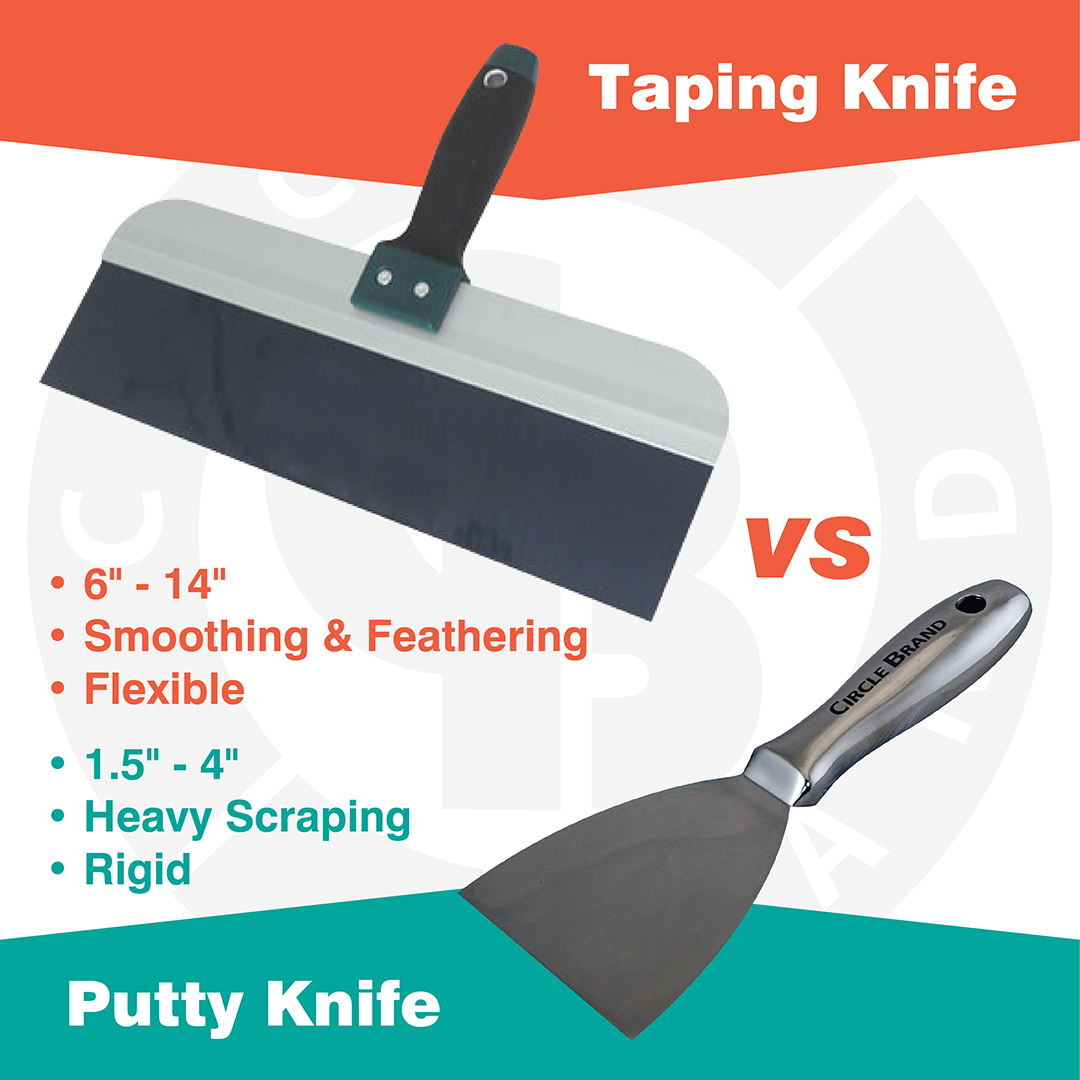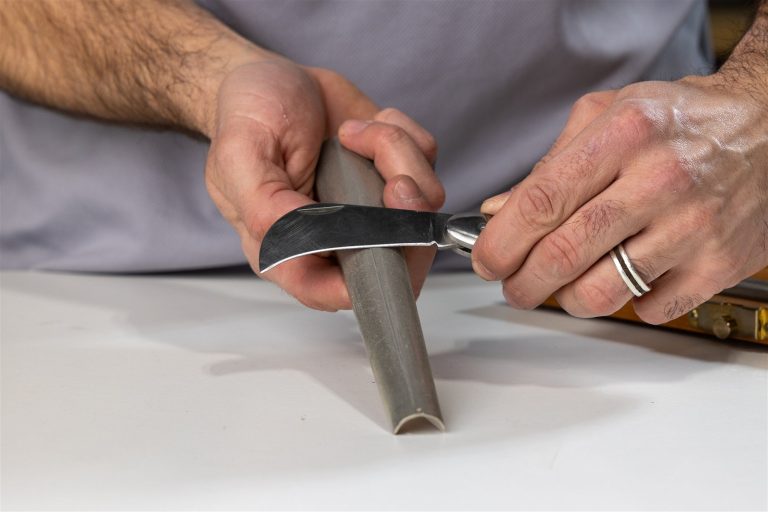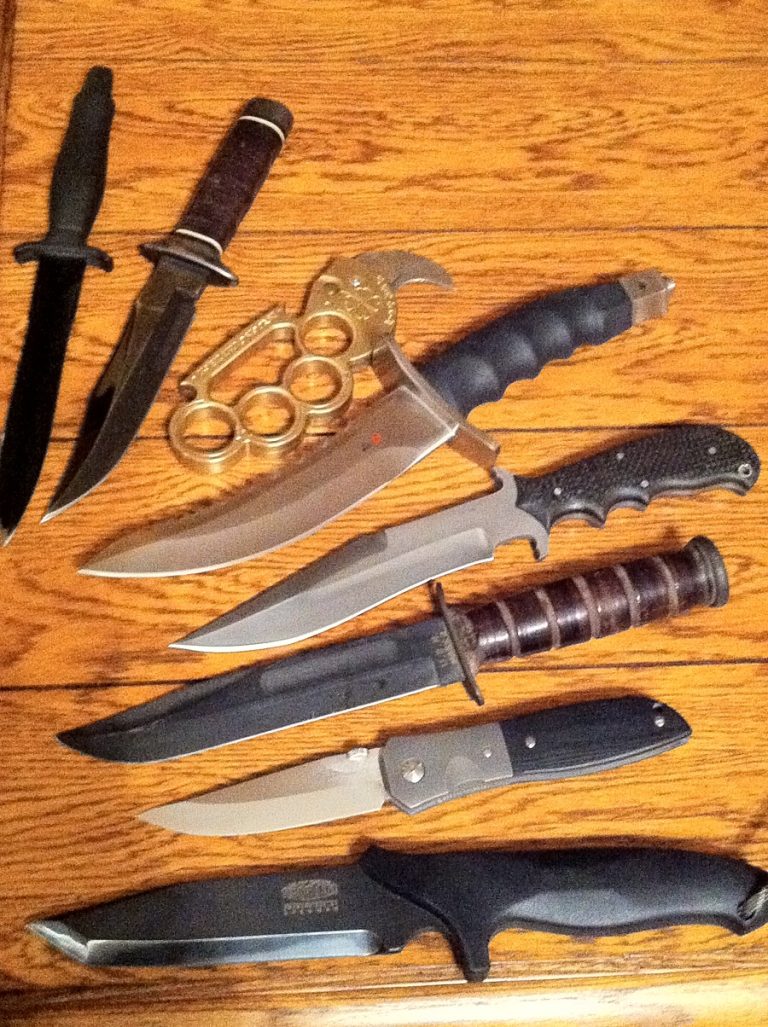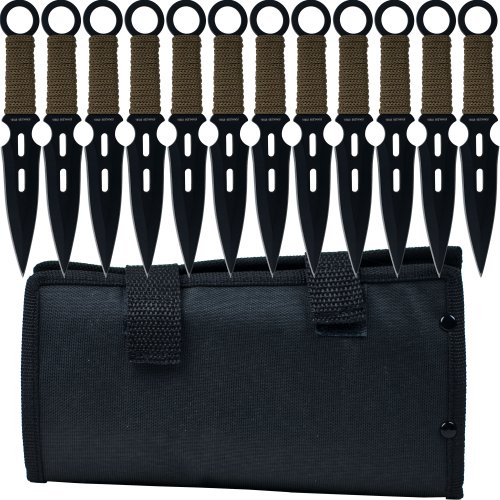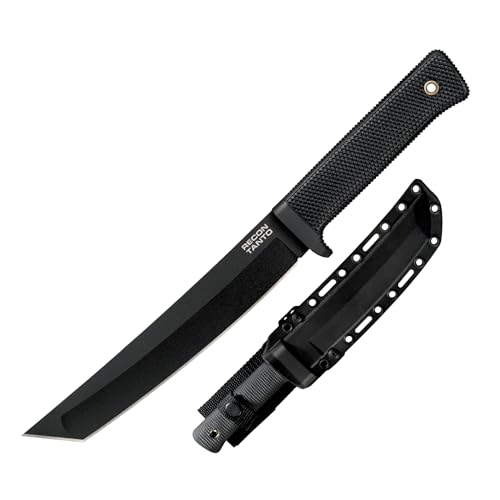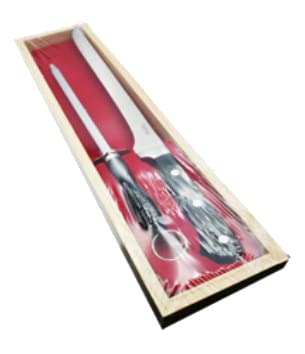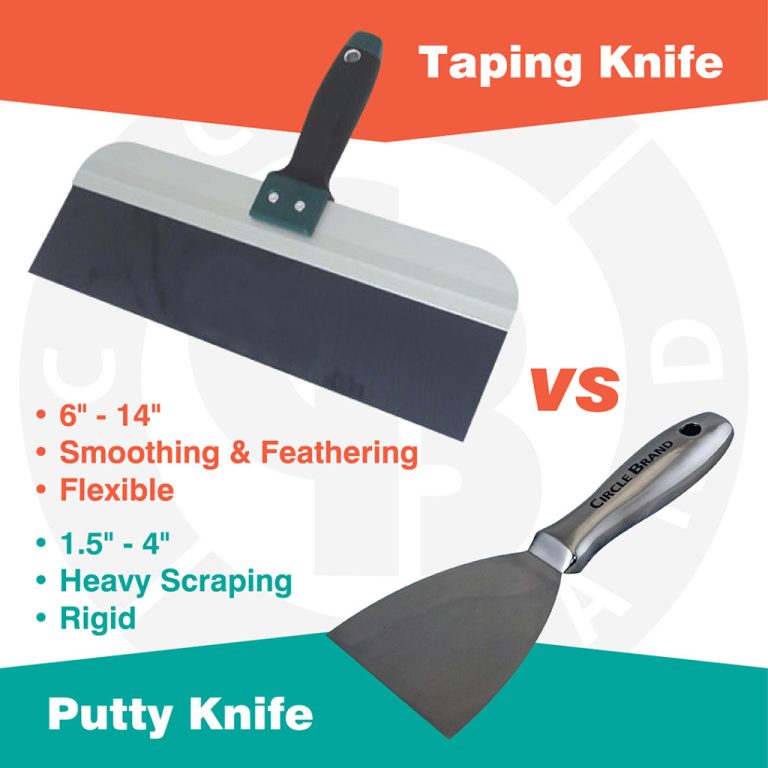Putty Knife Vs Scraper: Which Tool Is Right for Your Project?
Putty knives and scrapers are essential tools for many tasks. Both have their unique uses and benefits.
Understanding the differences between a putty knife and a scraper can help you choose the right tool for your project. Whether you’re preparing surfaces for painting, removing old paint, or applying putty, knowing which tool to use can save time and effort.
This comparison will highlight the key features and uses of both tools, guiding you to make an informed decision. Let’s explore the specifics of putty knives and scrapers, and see how each one can fit your needs.
Putty Knife Overview
A putty knife is a versatile tool used in many DIY projects. It’s a must-have in every toolkit. Its main purpose is to apply and smooth putty or filler. But it can do much more.
Design And Features
The putty knife has a flat, flexible blade. The blade can be made of metal or plastic. Metal blades are more durable. Plastic blades are safer for delicate surfaces. The handle is usually made of wood, plastic, or rubber. This provides a comfortable grip. Some putty knives have a full tang. This means the blade runs through the handle for added strength.
Common Uses
Putty knives are used for applying and spreading putty. They are great for filling holes and cracks in walls. They can also scrape off old paint or wallpaper. Use them to remove old caulk from bathrooms. They help in smoothing drywall compound. Some people even use them to clean grills or stoves. The possibilities are endless.

Credit: www.facebook.com
Scraper Overview
A scraper is an essential tool in various DIY and professional projects. It is designed to remove materials from surfaces with precision. Its versatility makes it a favorite in many toolkits.
Design And Features
Scrapers come in different shapes and sizes. Some have a wide blade for larger areas. Others have a narrow blade for detailed work. The handles are often ergonomic. This helps reduce hand fatigue during extended use. Some scrapers have replaceable blades. This feature ensures they stay sharp and effective.
Common Uses
Scrapers are used for removing paint, glue, or wallpaper. They are also useful for cleaning surfaces. Scrapers can remove rust or old finish from metal objects. They are handy for scraping off stickers or decals. Many people use them in home improvement projects.
Material Differences
Understanding the material differences between a putty knife and a scraper is important. The materials used in these tools affect their performance and durability. In this section, we will explore the differences in blade and handle materials.
Blade Material
Putty knives often have stainless steel blades. This material is rust-resistant and flexible. It allows for smooth application of putty. Scrapers, on the other hand, often have carbon steel blades. These blades are harder and more durable. They are perfect for tough scraping jobs.
Some putty knives also use plastic blades. These are ideal for delicate surfaces. Plastic blades reduce the risk of scratches. In contrast, scrapers rarely use plastic blades. Their job requires a more rigid and strong material.
Handle Material
Handles of putty knives are usually made of wood or plastic. Wooden handles provide a comfortable grip. They are also sturdy and long-lasting. Plastic handles are lightweight and easy to clean. They offer a good balance of comfort and durability.
Scrapers often have handles made of metal or hard plastic. Metal handles provide extra strength. They are suitable for heavy-duty tasks. Hard plastic handles are durable and less likely to break. They also offer a firm grip during tough scraping jobs.
In summary, the material differences in blades and handles are significant. Choosing the right tool depends on the task at hand. Each material offers unique benefits for specific uses.
Performance In Different Tasks
Choosing the right tool for a job can make a big difference. Putty knives and scrapers serve different purposes. This section explores their performance in various tasks.
Applying Putty And Spackle
A putty knife works best for applying putty or spackle. Its wide, flat blade spreads material smoothly. This helps fill holes and cracks with ease. The flexible blade adapts to surfaces, ensuring even application.
Scrapers, on the other hand, are not ideal for this task. Their rigid design makes spreading putty difficult. They can leave uneven patches. This can result in a poor finish. For smooth, professional-looking repairs, a putty knife is the preferred choice.
Removing Paint And Wallpaper
When it comes to removing paint or wallpaper, scrapers excel. Their sharp, rigid blades can scrape off layers efficiently. They handle tough, stubborn paint well. A scraper makes the job quicker and easier.
Putty knives can remove paint or wallpaper too. However, they are less effective for this task. Their flexible blades do not provide the same scraping power. This can make the removal process slower and more tedious.
In summary, choose a putty knife for applying materials. Opt for a scraper for removal jobs. Using the right tool ensures better results and saves time.
Ease Of Use
Choosing between a putty knife and a scraper can be challenging. Ease of use is a key factor. Understanding which tool offers better handling and maintenance can help you decide.
Handling And Grip
A putty knife usually has a more comfortable handle. This makes it easier to hold during long tasks. The handle often fits well in the hand, reducing strain.
Scrapers, on the other hand, may have a simpler design. This can sometimes result in less comfortable grips. But some scrapers come with ergonomic handles. These can make them easier to use for extended periods.
Maintenance And Care
Keeping a putty knife in good shape is simple. Clean the blade after each use to prevent buildup. A quick wipe with a damp cloth often does the job.
Scrapers need similar care. Clean the blade regularly to ensure it stays sharp. If the scraper has a replaceable blade, change it as needed. This keeps it effective and ready for use.
Cost Comparison
Choosing between a putty knife and a scraper can be challenging. One of the main factors to consider is cost. This section will help you understand the cost implications of each tool. We will look into the initial purchase price and the longevity and durability of both tools.
Initial Purchase Price
The initial purchase price of a putty knife is generally low. You can find basic models for a few dollars. Higher-end putty knives with better materials and ergonomic designs may cost more. But even the high-end options remain affordable for most budgets.
Scrapers, on the other hand, tend to be slightly more expensive. Basic models are still affordable but can be pricier than putty knives. The cost increases with the quality of materials and brand reputation. Still, the investment is usually within a reasonable range.
Longevity And Durability
Longevity and durability are essential factors in cost comparison. A well-maintained putty knife can last for years. Stainless steel blades and sturdy handles add to the durability. Frequent use and heavy tasks may wear it out faster.
Scrapers are often built to withstand more rigorous use. High-quality scrapers can serve you for many years. They are designed for tougher tasks and have robust construction. This durability can offset the higher initial cost over time.
In summary, while both tools have their cost implications, their longevity and durability play a crucial role. Choosing the right tool depends on your specific needs and budget.
Making The Right Choice
Choosing between a putty knife and a scraper can be challenging. Both tools serve specific purposes, and making the right choice ensures efficient work. Understanding the differences and applications can guide you to the best decision.
Project Requirements
The type of project plays a big role in your choice. For filling holes and cracks, a putty knife is ideal. It spreads putty smoothly and evenly. On the other hand, a scraper excels at removing old paint or wallpaper. It is designed for scraping tasks and provides better leverage.
Consider the surface you are working on. Delicate surfaces require a putty knife to avoid damage. Tougher surfaces can handle the force of a scraper. Think about the material as well. A flexible putty knife works well with soft materials. A stiff scraper is better for hard materials.
Personal Preference
Your comfort with the tool is important. A putty knife often has a more comfortable grip. It allows for precision work and control. Scrapers, with their sturdier design, might feel heavy. They offer more power but less finesse. Try both tools to see which feels better in your hand.
Consider the size and weight of the tool. Smaller putty knives are easier to handle for detailed work. Larger scrapers cover more area quickly. Your own strength and skill level matter too. Beginners might prefer the ease of a putty knife. Experienced users can handle the demands of a scraper.
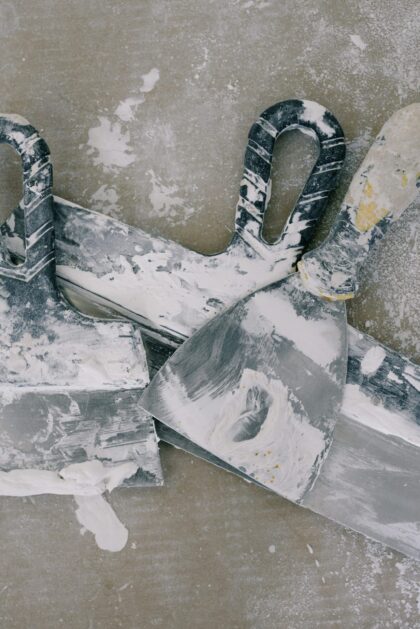
Credit: pacificcoatpainting.com
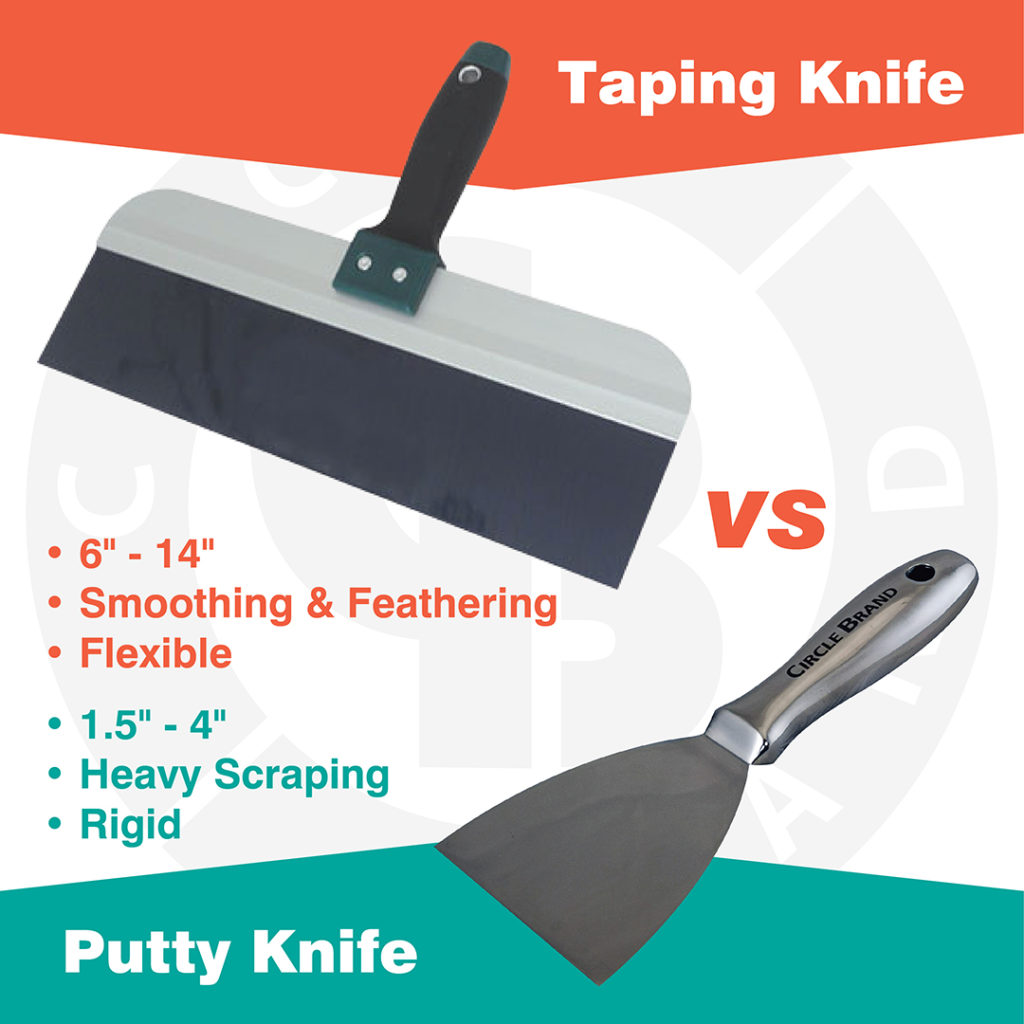
Credit: wallboardtrim.com
Frequently Asked Questions
What Is A Putty Knife Used For?
A putty knife is used for applying and smoothing putty or filler. It can also scrape off paint or wallpaper.
What Is A Scraper Tool?
A scraper tool removes old paint, glue, or other materials from surfaces. It’s essential for surface preparation.
Can I Use A Putty Knife As A Scraper?
Yes, you can use a putty knife as a scraper. However, it’s less effective on tough materials compared to a dedicated scraper.
Which Is Better: Putty Knife Or Scraper?
It depends on the task. Use a putty knife for applying materials and a scraper for removing tough substances.
Conclusion
Choosing between a putty knife and a scraper depends on your task. Both tools have their strengths. Putty knives are great for applying materials smoothly. Scrapers excel at removing old paint or debris. Consider your project’s needs before deciding. Having both tools can be beneficial.
Each serves a unique purpose in home improvement. Proper use ensures better results. So, keep these tools handy. They make tasks easier and more efficient. Happy DIY!

